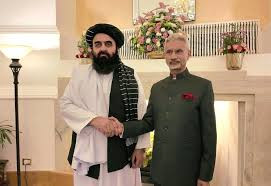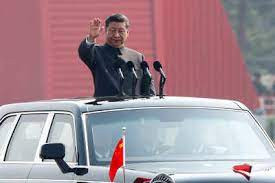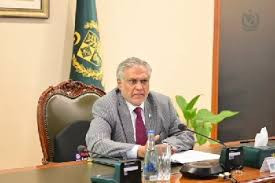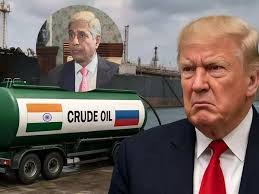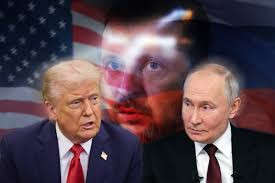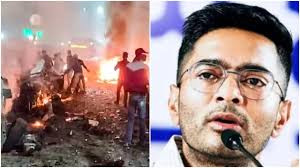Trump-Brokered Ceasefire Brings Fragile Pause to Israel‑Iran War
IIE DIGITAL DESK : The a dozen days of escalating strikes and missile exchanges, a tentative ceasefire between Israel and Iran took effect on June 25, 2025, marking a fragile pause in the most intense confrontation between the two nations in recent memory.
U.S. President Donald Trump, who orchestrated the truce primarily via social media and discreet diplomacy, declared the ceasefire on June 23, implementing a phased easing: Iran to stand down first, followed by Israel within 24 hours . Though both nations soon acknowledged the terms, each accused the other of violations, including missile or drone launches that hinted at simmering mistrust.
Israel’s Prime Minister Benjamin Netanyahu hailed the outcome as a historic victory, asserting the strike campaign had “brought Iran’s nuclear programme to ruin” . International intelligence, however, paints a more nuanced picture—U.S. analysts and the IAEA suggest the strikes on nuclear sites such as Fordow, Natanz, and Isfahan inflicted delays of a few months rather than permanent destruction .
Trump has rejected these assessments as “flat‑out wrong,” maintaining that the Iran program was “degraded” as promised—but uncertainty remains regarding the location of enriched uranium and the true scale of damage.
Though hostilities appear on hold, both sides continue to posture. Iran has reported at least 610 fatalities and over 3,000 injuries, while Israel cites 28 deaths amid the exchanges . Accusations of ceasefire breaches persist. Meanwhile, global markets responded positively—oil prices dropped and stock indices rallied on hopes of regional stabilization .
Though uncertain whether Supreme Leader Ayatollah Khamenei directly authorized the truce, Tehran appears to be shifting from open warfare to “escalate‑to‑de‑escalate” tactics—continuing limited retaliation via proxies and threats centered on the Strait of Hormuz, but avoiding all‑out war .
Qatar played a central role in facilitating negotiations, particularly after Iran targeted the U.S. base in Doha—with 13 out of 14 missiles intercepted following an Iranian alert . European powers and the UN have urged both parties to honor the ceasefire and resume nuclear diplomacy .
Trump’s decisive leadership has bolstered U.S.–Israel strategic rapport. Washington's direct involvement in the strikes symbolizes a significant shift in regional military dynamics, strengthening Israel's strategic confidence while raising questions about long-term U.S. posture .
-
Ceasefire Stability: Without a clear verification mechanism or transparency around nuclear facility damage, the truce remains tenuous. Both Israel and Iran have warned of renewed strikes if provoked .
-
Diplomatic Channels: Talks mediated by the U.S., Qatar, and European partners—especially on nuclear inspections—will test the durability of today’s pause .Regional Impact: Iran retains the ability to disrupt oil flows through the Strait of Hormuz and to engage through proxies—keeping the region on edge .
As national leaders claim success, the region faces a delicate crossroads. Will diplomacy solidify this fragile peace—or will hidden flash points trigger the return of conflict? Global eyes remain firmly fixed on this uneasy equilibrium.
You might also like!


